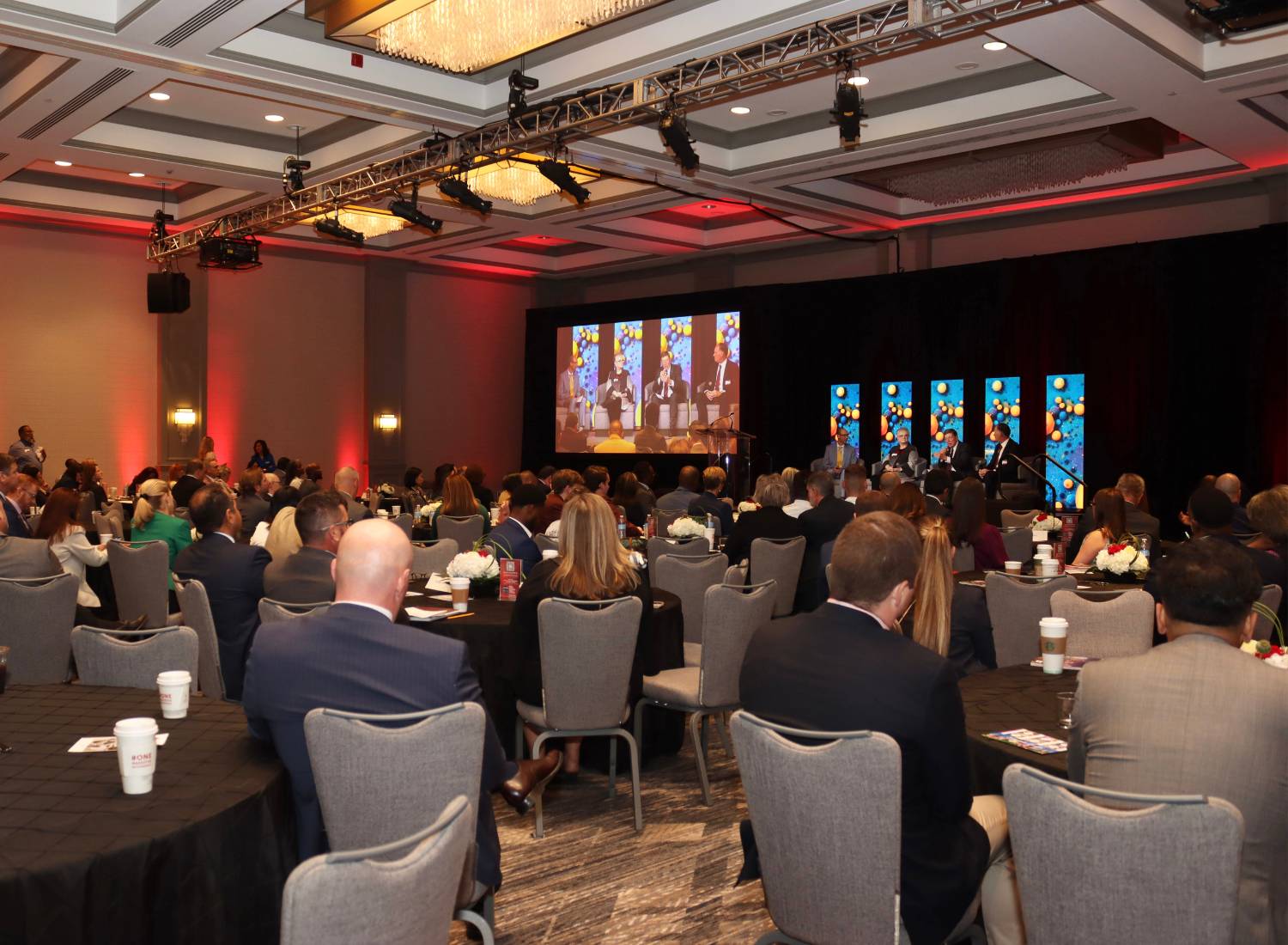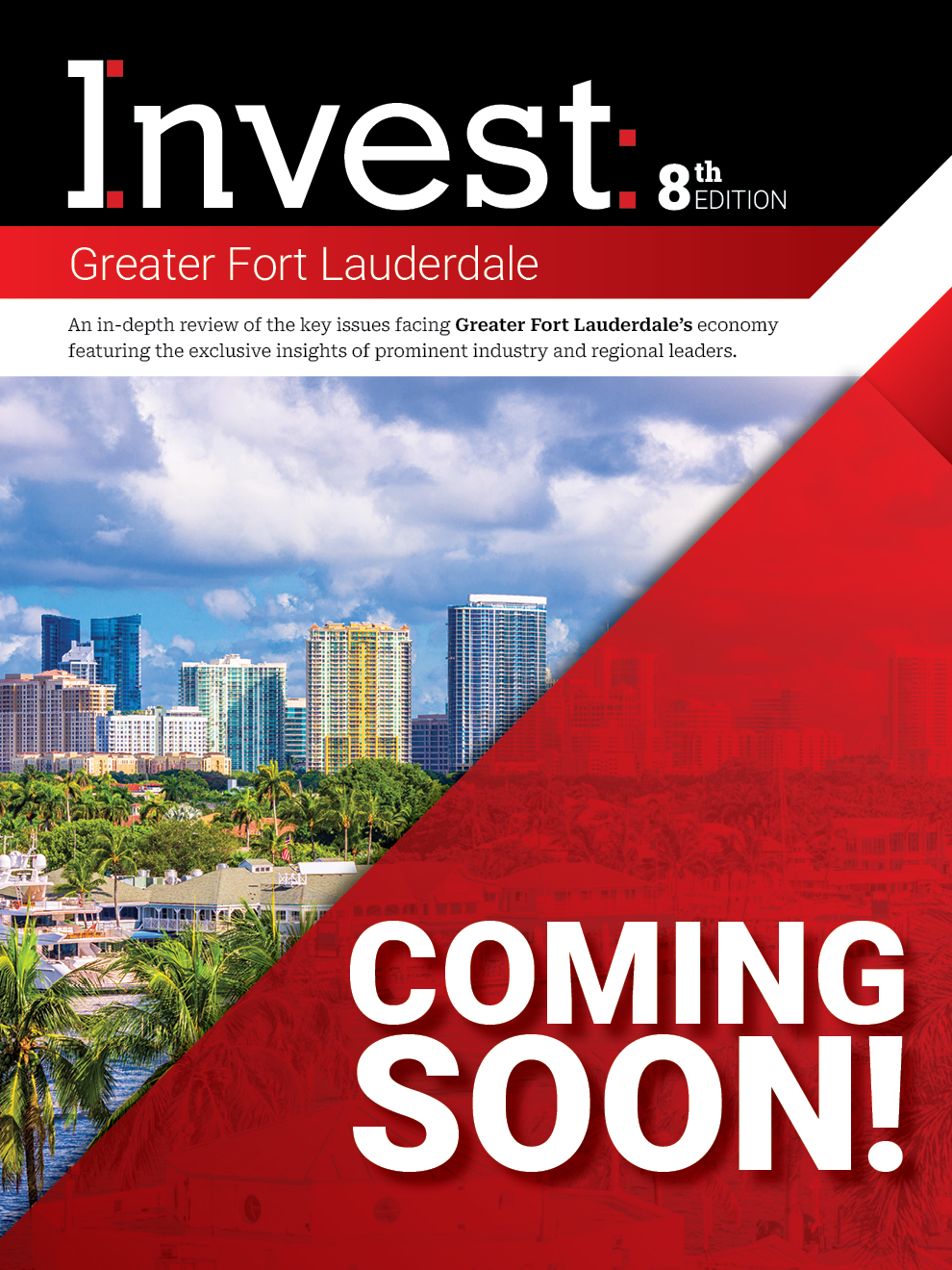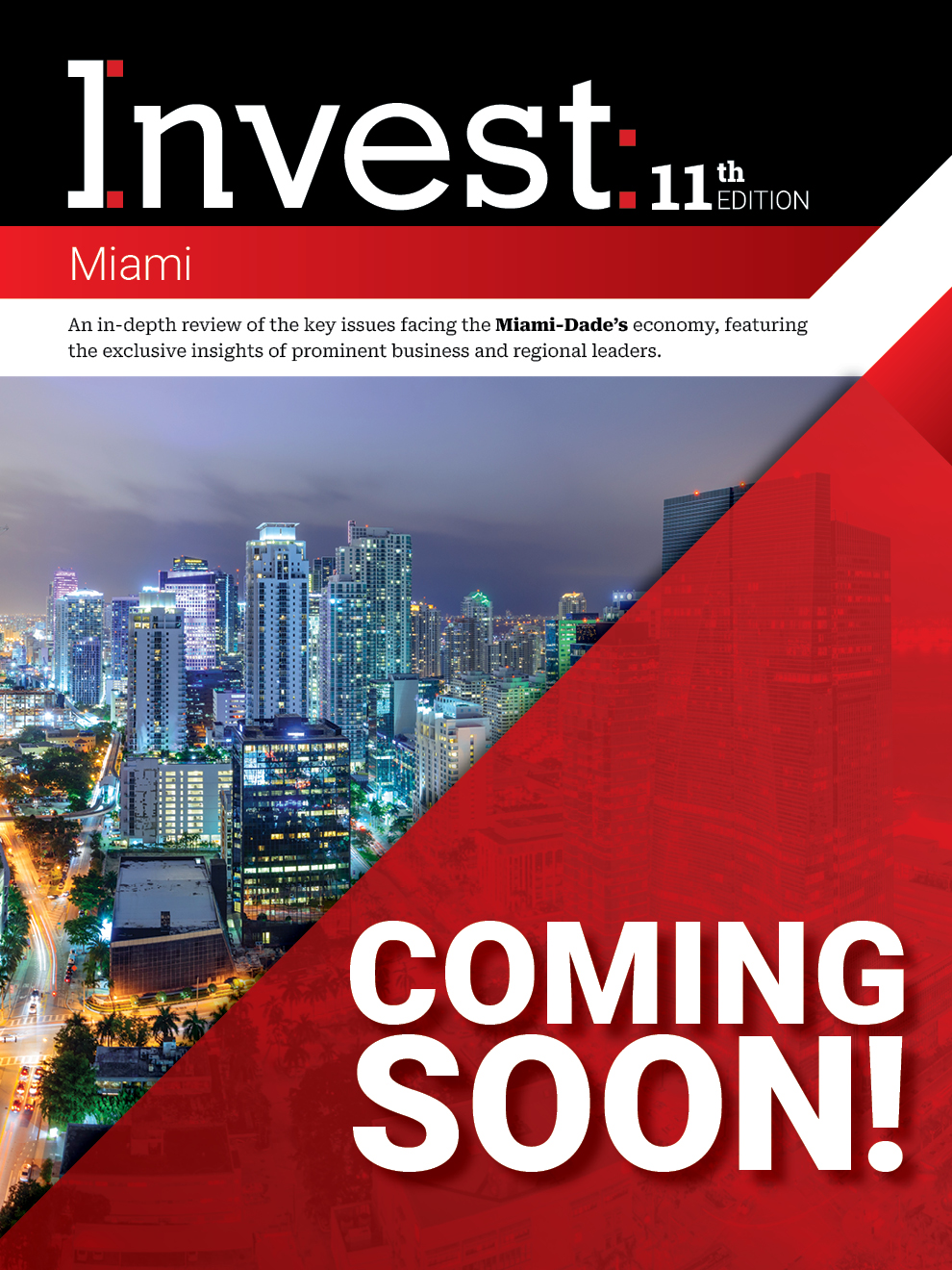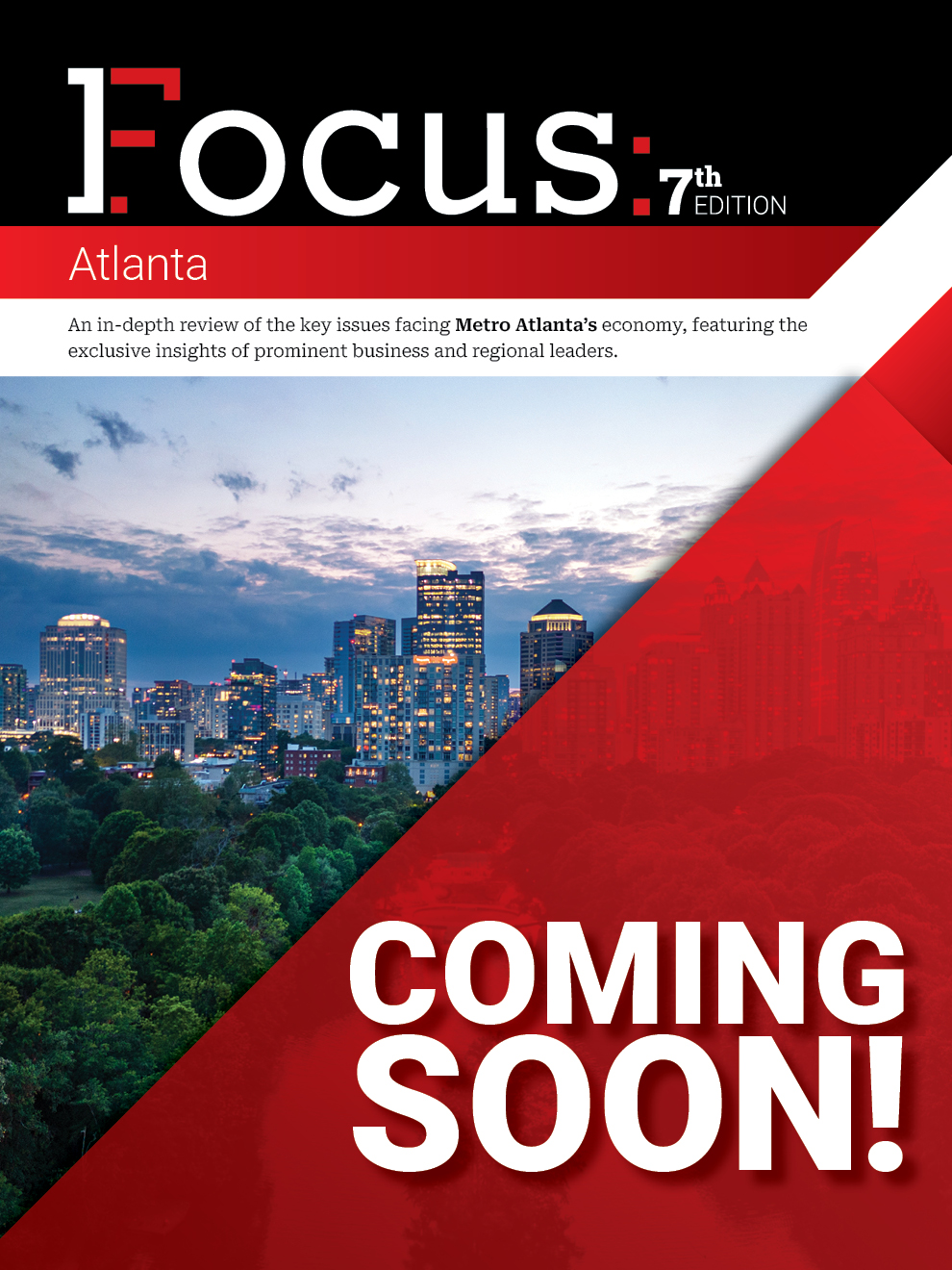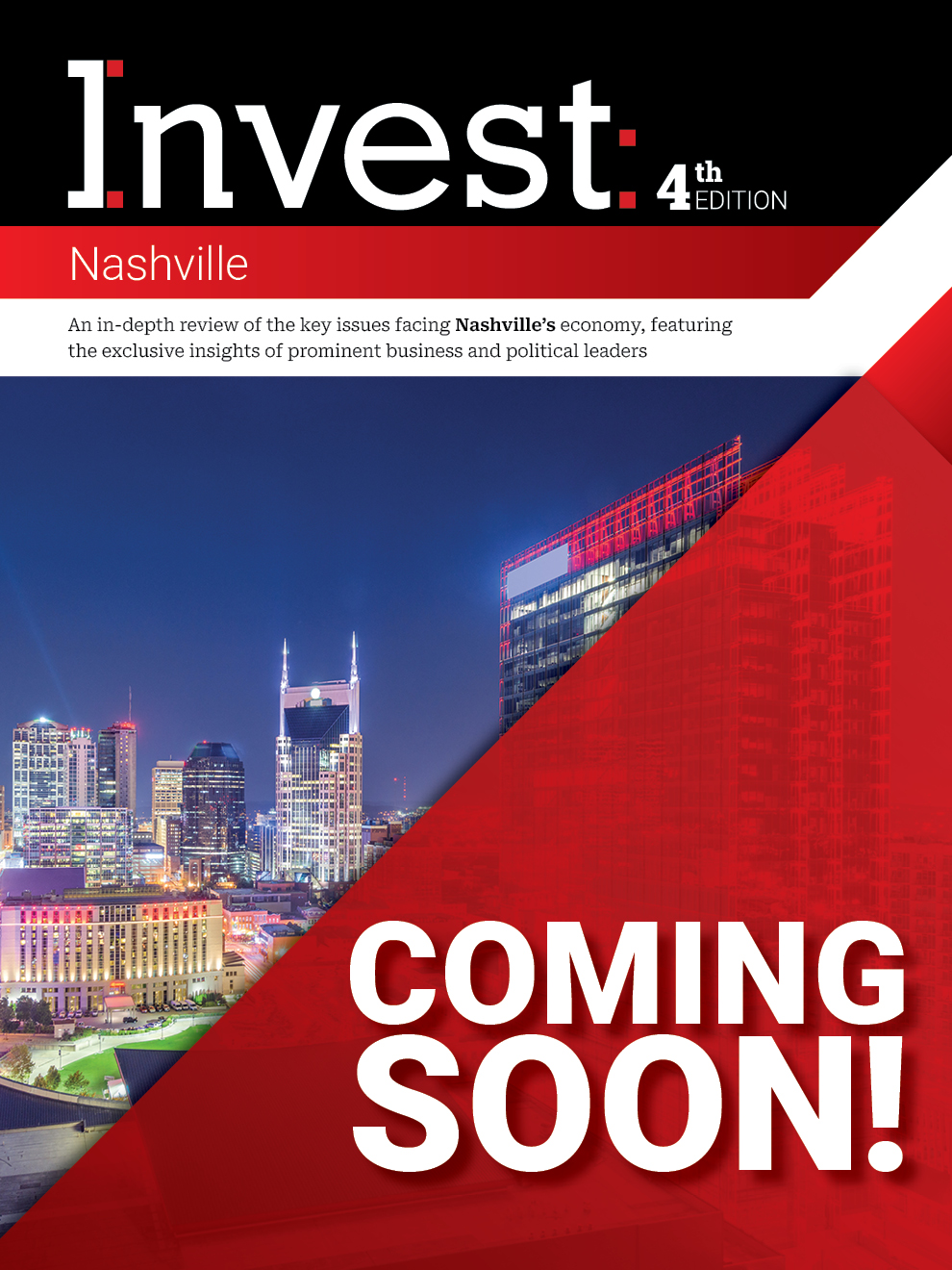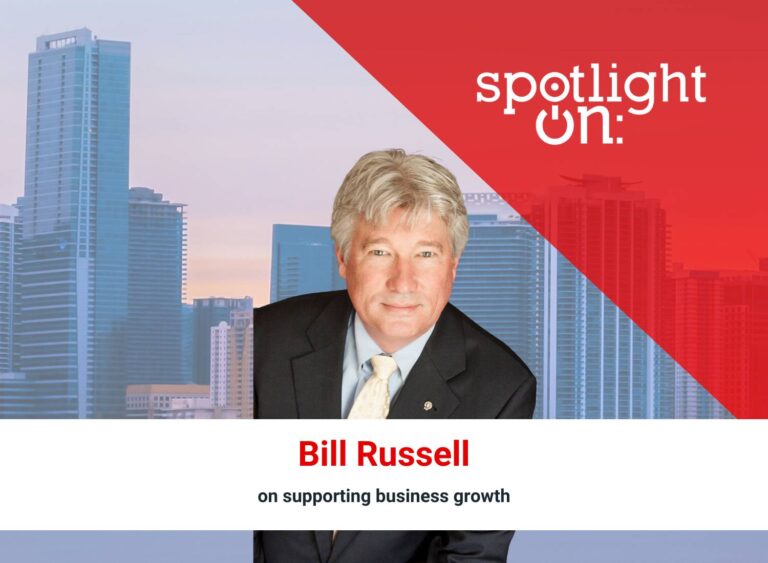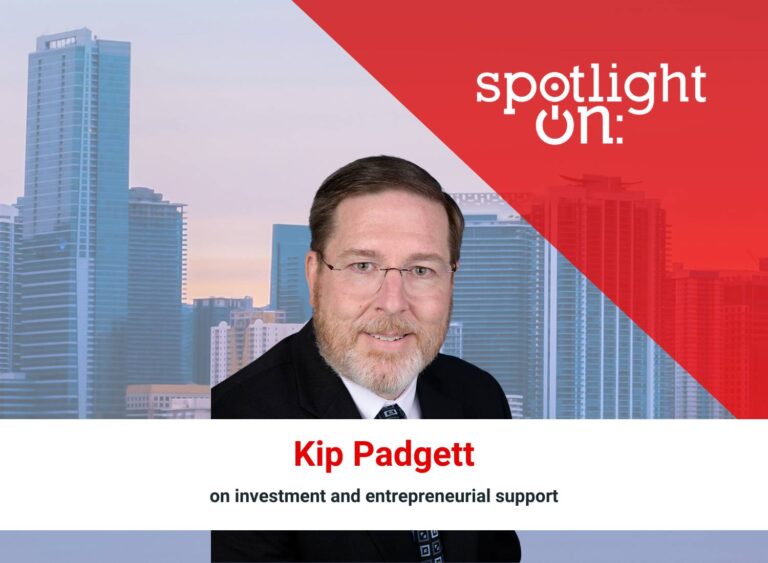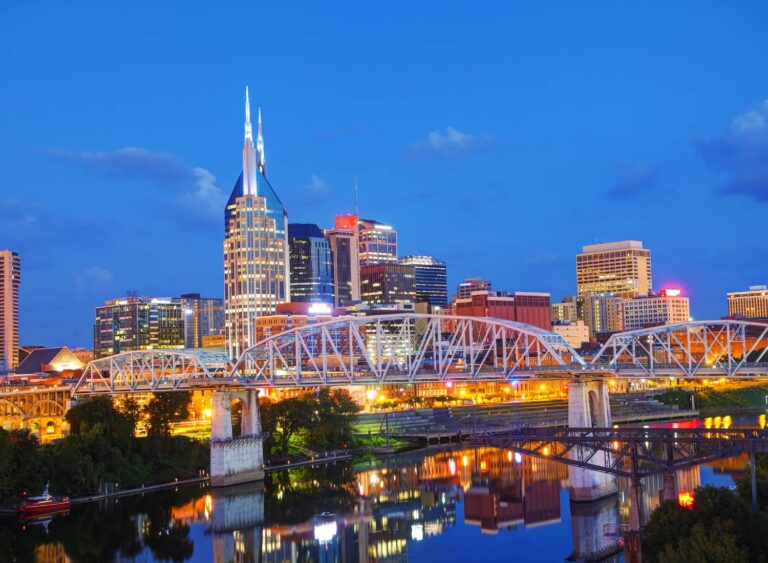Spotlight On: Daniel Chaberman, Real Estate Developer & Leasing Director, Grupo Eco
 January 2025 — In an interview with Invest:, Daniel Chaberman, real estate developer and leasing director of Grupo Eco, attributed South Florida’s resilience amid high interest rates to the population influx, highlighted the significant impact of the Live Local Act on multifamily development, and discussed the company’s customer-centric business strategy.
January 2025 — In an interview with Invest:, Daniel Chaberman, real estate developer and leasing director of Grupo Eco, attributed South Florida’s resilience amid high interest rates to the population influx, highlighted the significant impact of the Live Local Act on multifamily development, and discussed the company’s customer-centric business strategy.
What have been some of the main highlights for Grupo Eco in the last 12 months?
Last year was a tricky one because, obviously, the macro environment was not at its best. With high interest rates, the market, especially here in South Florida, experienced challenges. South Florida had seen a significant positive impact from the post-COVID period, with the market skyrocketing in 2021 and 2022. However, prices became very high, not only in terms of construction costs but also real estate costs. Rents, on the other hand, remained relatively stable.
It was undoubtedly a complicated year due to these factors, compounded by the uncertainty surrounding the elections. Despite these challenges, we did not experience a market crash like some other states did. This was largely due to the continued influx of people, both families and corporations, moving into the state, especially South Florida. This steady inflow was, in my opinion, a major factor that kept the market from crashing.
That said, there was a noticeable slowdown in activity across the board, including condo sales, retail leasing, office space.
Now, post-election, the environment feels different. Interest rates have started to decline, and I am optimistic about what lies ahead for Miami, Broward, and Palm Beach in the near term.
What is your overview of the commercial real estate space, especially with regard to any trends or market dynamics?
The trends and dynamics are not significantly different from what we have seen over the past two years in Greater Fort Lauderdale and South Florida. COVID-19 fundamentally changed the mindset of many people, particularly in the retail market. Today, both end-users and businesses are prioritizing experiences and appealing locations, especially those with inviting outdoor spaces. This trend has remained consistent.
On the residential side, the Live Local Act is playing a substantial role in shaping multifamily development. This legislation allows developers to achieve much higher densities than they could previously, and it has been a game-changer in structuring deals.
What would you say are the main opportunities right now for Grupo Eco in South Florida, Broward County, or elsewhere?
The real estate market has been remarkably stable, and I believe it will continue to grow. The office market, however, will depend heavily on specific locations. The work-from-home trend, which became widespread during COVID-19, still persists, even as more people return to the office. Many corporations continue to allow employees to work remotely, so the viability of office space will vary based on asset class and market conditions. Construction costs remain high, and rents have not continued to grow significantly. This creates challenges, especially in markets where premium rents cannot be charged, as it becomes difficult to make the numbers work.
In the coming year, I anticipate a significant increase in opportunities for retail development across various markets in South Florida. The region’s continued population growth, strong economic activity, and evolving consumer preferences are driving demand for innovative and community-focused retail spaces.
I am closely monitoring these trends and am eager to explore projects that not only meet the market’s needs but also enhance the communities we serve.
To what extent is your company benefiting from the corporate expansions, business relocations, and overall population growth that is taking place in South Florida?
Overall, everyone benefits from this growth. If you are conducting business in Florida, it inevitably generates a positive impact. Whether you are involved in real estate and have a larger pool of buyers, tenants, or prospects, or you own a restaurant, the growth trickles down. It also helps with the overall development of the city. Some neighborhoods have become oversaturated, prompting expansion into others, which is how cities grow.
What are the primary challenges for commercial and residential real estate in the region?
The combination of high construction costs and rising land values is one of the biggest challenges. Florida’s recent success has led many landowners to price their properties as if they can maximize the full potential of their sites. For example, a piece of land in a class-B market might be zoned to allow a 20-story building, but the demand or construction costs make it unfeasible to build such a structure. Despite this, landowners often price these properties as though their maximum potential will be realized.
This disconnect creates significant hurdles. I have observed situations where a site suitable for a single-story or two-story retail center is priced as if it could support a 20-story residential building. While zoning may technically allow for such a development, the market realities do not support it. This trend has been particularly problematic in recent years, as pricing based on maximum potential rather than actual market conditions has made many projects financially unviable.
What differentiates your company from other firms operating in the commercial and residential real estate space in the Greater Fort Lauderdale and South Florida area?
We pride ourselves on being a customer-oriented company. I firmly believe that if your customer, whether a buyer or a tenant, is doing well then you will also do well. This principle shapes our approach to every project. For example, in the fourth phase of Atlantic Village in Hallandale Beach, we chose to start pre-sales during the final stages of construction. This is highly unusual. Typically, developers begin pre-sales before breaking ground, whether for residential or office spaces.
Our approach allows customers to visit and experience the building before committing to a purchase. This decision stemmed from the realization that many pre-construction projects face delays. For buyers, this can mean their investment is tied up without yielding returns for months or even years. For business owners, delays create logistical problems, as they may need to continue renting office space longer than anticipated.
By starting pre-sales late, we provide customers with certainty. When they ask, “When will this building be ready?” we can confidently say, “Here is the finished product. You can see it and walk through it.” We are not selling a vision or a rendering, we are selling something tangible.
This philosophy extends to how we negotiate with tenants as well. We focus on understanding their needs and helping them maximize the value of the deal. If a tenant is successful, they are more likely to stay long term, which benefits us as well.
What are your main goals and top priorities for the next two to three years? Where would you like to see your company heading?
Our primary goal is to continue undertaking new projects and to grow alongside the region. South Florida has been a fortunate place to operate, particularly during the pandemic, when we experienced less disruption compared to other areas. Policies and political decisions in this state have largely worked in our favor, enabling businesses to thrive.
Moving forward, I want to keep contributing to the growth around us and to remain active in developing projects that bring value to the community and our clients.
For more information, please visit:

